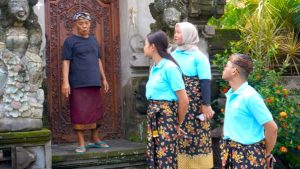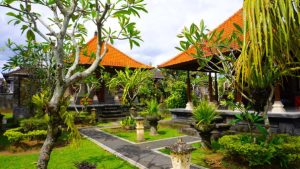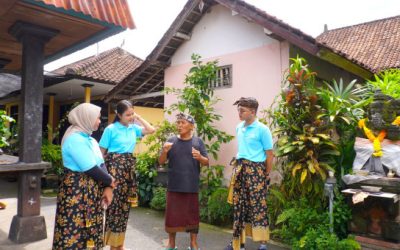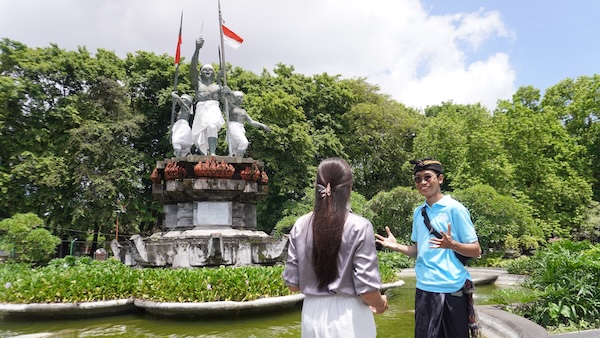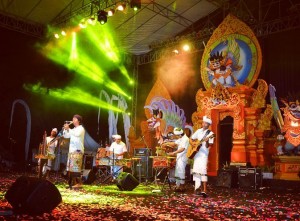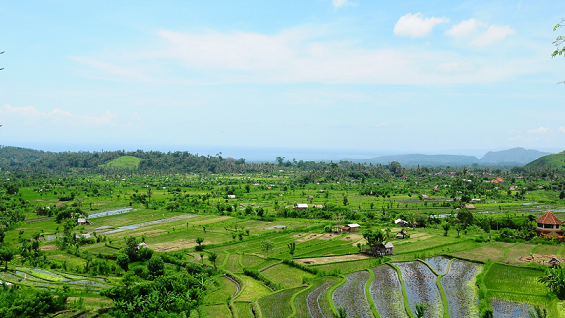

Tropical Treat Deals: Mangrove Tour Special Promotion
Tropical Treat Deals: Mangrove Tour Special PromotionBali, a tropical paradise, offers more than just stunning beaches and vibrant culture. For nature lovers and adventure seekers, the island is home to an incredible opportunity to explore its lush mangrove forests, sparkling waters, and abundant wildlife. Kura-Kura Bus is bringing you an exclusive Tropical Treat Deals promotion to make your Bali trip even more memorable!Special Offer: Book for 2 Adults, Get 2 Kids Free!Planning a family getaway? Here’s your chance to make the most of it! Kura-Kura Bus is offering a special deal where you can book a tour for 2 adults and 2 kids join for free, making it the perfect…
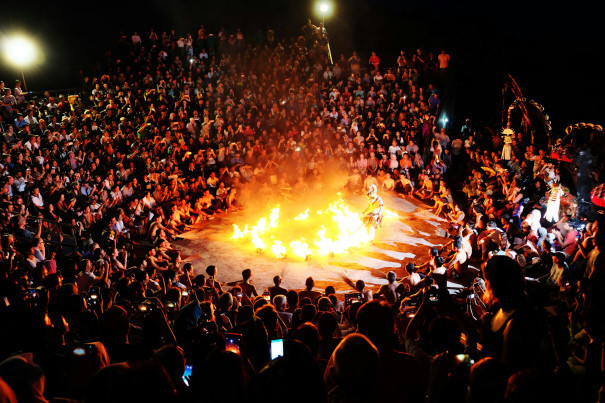
Top Spots to Experience Traditional Balinese Dance in Bali
If you’re a traveler eager to immerse yourself in Bali’s rich cultural heritage, experiencing traditional Balinese dance in Bali is a must. These mesmerizing performances, filled with intricate movements and vibrant costumes, offer a deep connection to Bali’s ancient traditions. From the famous Kecak dance to the graceful Legong dance, Bali’s traditional dances provide a window into the island’s history and spirituality. In this blog, we’ll explore the top spots where you can experience traditional Balinese dance in Bali and get a closer look at its beauty and significance.Kecak Dance at Uluwatu Temple: A Sunset SpectacleOverviewOne of the most iconic places to Experience Traditional Balinese Dance in Bali is at Uluwatu…
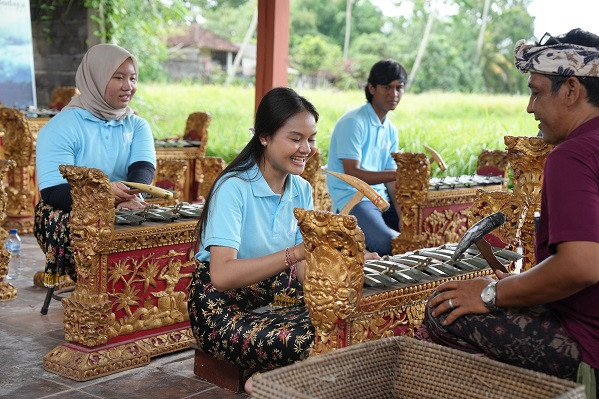
The Sound of Bali: Guided Gamelan Experience in a Traditional Balinese Village
Ready to experience Bali in a way most never do? Step into the heart of a Balinese village and discover the magic of Gamelan music like a true insider.
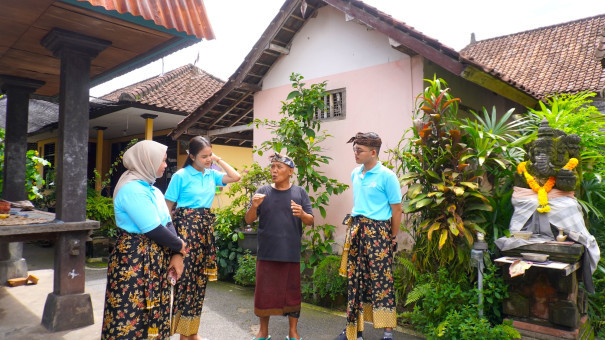
Experience Authentic Bali: The Ultimate Balinese Lifestyle Tour
Ever wondered what Bali is like beyond the beaches and resorts? Step into the heart of its rural life, where traditions thrive, and nature’s beauty paints every corner.

Why Eco-Tourism and Mangrove Conservation Are Key to Bali’s Future
Picture yourself exploring Bali’s natural beauty while helping preserve it. Eco-tourism supports mangrove conservation, vital for Bali’s future.








